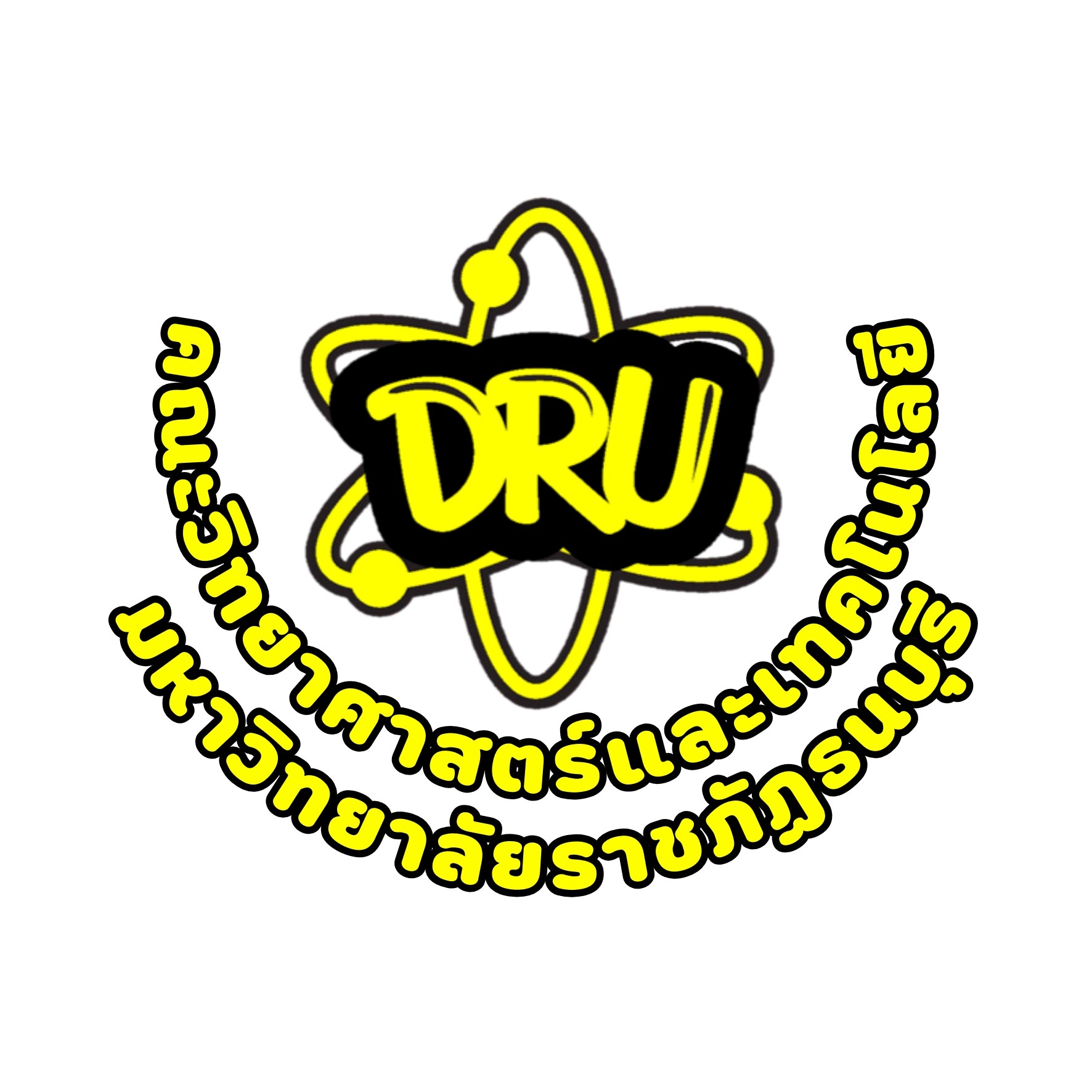Applying the Social Engineering Process in the Development of Thai Coconut Rice Pancakes Fortified with Mulberry Leaf Powder in Collaboration with the Prasanmit Community Enterprise
Keywords:
product development, Thai coconut rice pancake, mulberry leaf powder, social engineering processAbstract
This study aimed to investigate community-based participatory approaches for product development using the social engineering process, with a focus on development of Thai coconut-rice pancakes (Khanom Krok) fortified with mulberry (Morus alba L.) leaf powder. The formulations were developed with mulberry leaf powder at levels of 5%, 10%, and 15% by weight. The sensory evaluation (9-point hedonic scale) was conducted to assess appearance, color, aroma, taste, texture, aftertaste, and overall acceptability.
The findings revealed that the application of the social engineering process in collaboration with the Prasanmit Community Enterprise successfully facilitated the creation of a new product with distinctive characteristics. This approach was perceived by community members as a strategic for stimulating consumer interest and enhance local income generation. Sensory evaluation results indicated that the 5% mulberry leaf powder formulation received significantly higher scores (p ≤ 0.05) than the 10% and 15% formulations in all evaluated attributes. The technology transfer workshop achieved the highest satisfaction ratings among participants, who expressed confidence in the product’s potential for income generation and sustainable livelihood development.
References
กรมส่งเสริมการเกษตร. (2560). การพัฒนาเศรษฐกิจชุมชน. ค้นเมื่อ 1 พฤษภาคม 2566, จาก http://file.siam2web.com/trdm/article/2013328_38208.pdf.
ไกรรัช เทศมี. (2563). รายงานการวิจัยการพัฒนาผลิตภัณฑ์กล้วยกรอบเคลือบคาราเมล. กรุงเทพฯ: คณะวิทยาศาสตร์และเทคโนโลยี มหาวิทยาลัยราชภัฏธนบุรี.
ประมุข ศรีชัยวงษ์ และกรกมล ไวยราบุตร. (2561). การพัฒนาต่อยอดภูมิปัญญาชาวบ้านจากย่านางเป็นผลิตภัณฑ์อาหารชุมชน. Area Based Development Research Journal, 10(2), 160–170.
มหาวิทยาลัยราชภัฏธนบุรี. (2566). แผนยุทธศาสตร์ มหาวิทยาลัยราชภัฏธนบุรี 2566-2570.
ค้นเมื่อ 1 ตุลาคม 2566, จาก https://plan.dru.ac.th/dataupload/Plan_35481449 _2023-03-14.pdf.
ลัดดา เจตะภัย. (2559). ขนมไทยเมนูสำหรับค้าขาย. กรุงเทพฯ: แสงแดด.
วัฒนา วิริวุฒิกร. (2560). ผลของผงชาเขียวต่อการพัฒนาผลิตภัณฑ์ขนมหม้อแกงนมสดเสริมผง
ชาเขียว. วารสารคณะวิทยาศาสตร์และเทคโนโลยี มหาวิทยาลัยราชมงคลธัญบุรี, 19(2), 164-173.
สุนันทา ชาแสน. 2560. ขนมไทย. (พิมพ์ครั้งที่ 2). กรุงเทพฯ: แม่บ้าน.
สุภาสพงษ์ รู้ทำนอง. (2566). การพัฒนาวิศวกรสังคมด้านการวิจัยเพื่อพัฒนาพื้นที่โดยใช้ภูมิสารสนเทศ ตำบลนาบ่อคำ อำเภอเมืองกำแพงเพชร จังหวัดกำแพงเพชร. วารสารพิกุล คณะมนุษยศาสตร์และสังคมศาสตร์ มหาวิทยาลัยราชภัฏกำแพงเพชร, 21(2), 109-131.
อัจฉราวรรณ สุขเกิด และวรุณี เชาวน์สุขม. (2565). การพัฒนาผลิตภัณฑ์เพื่อเพิ่มมูลค่าอาหารจากภูมิปัญญาและทุนวัฒนธรรมมอญ จังหวัดปทุมธานี. วารสารวไลยอลงกรณ์ปริทัศน์, 12(3), 128-141.
Wen, P., Hu,T.G., Linhardt, R.J., Liao, S.T., Wu, H., & Zou, Y.X. (2019). Mulberry: A review of bioactive compounds and advanced processing technology. Trends in Food Science & Technology, 83(4), 138-158.
Downloads
Published
How to Cite
Issue
Section
License
Copyright (c) 2025 Academic Journal of Science and Technology, Dhonburi Rajabhat University

This work is licensed under a Creative Commons Attribution-NonCommercial-NoDerivatives 4.0 International License.




